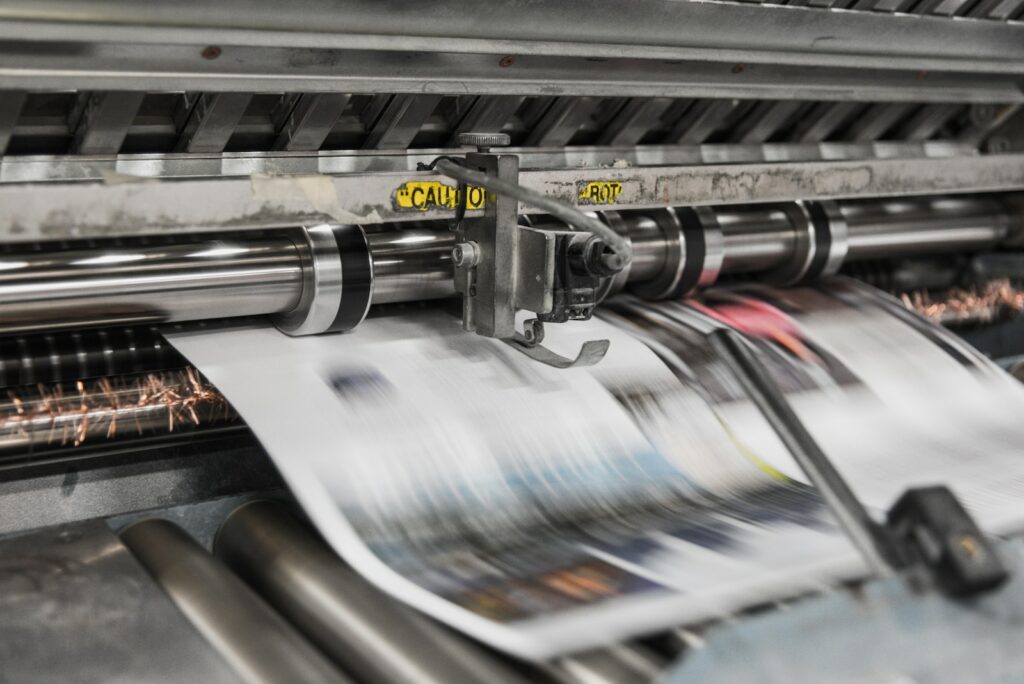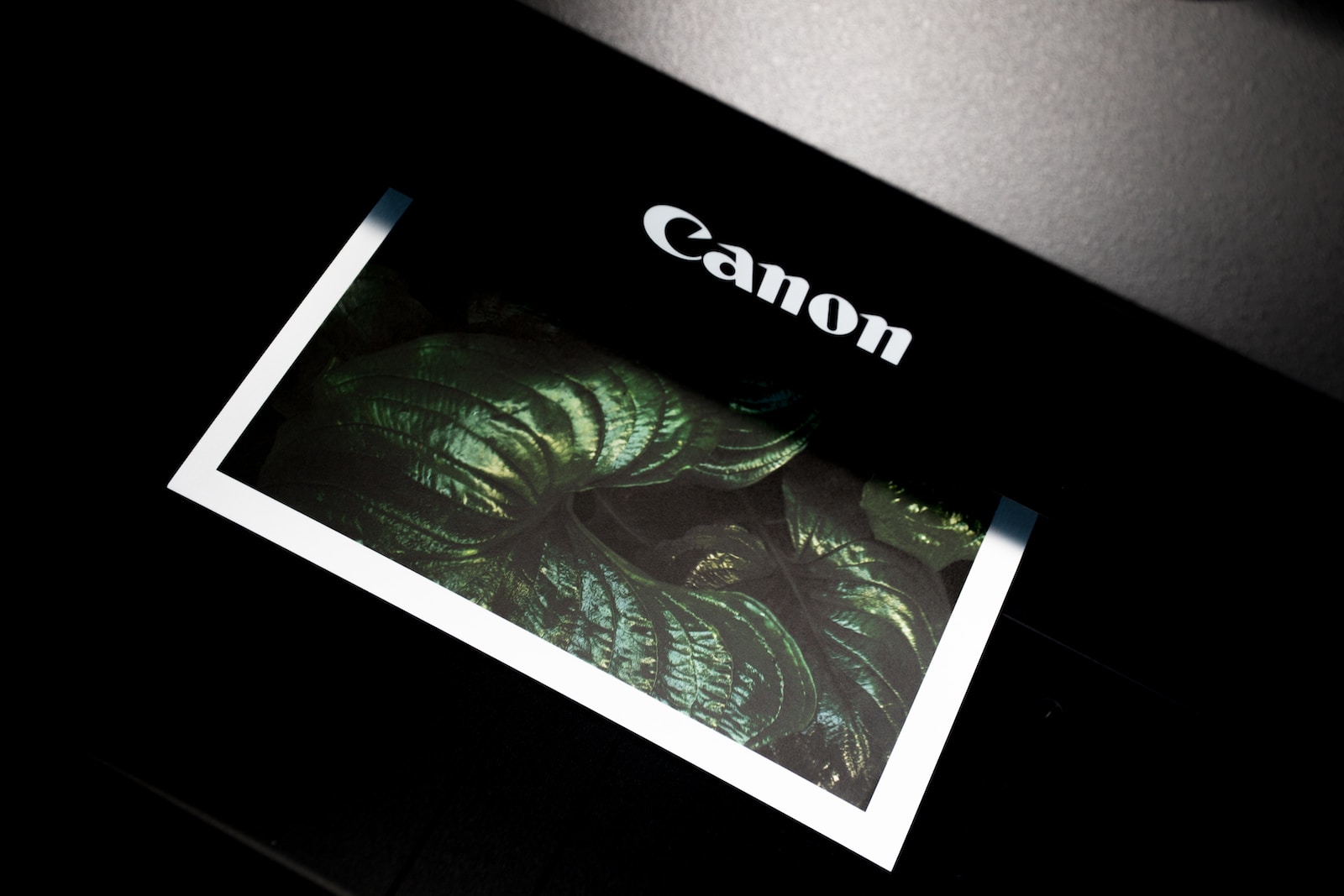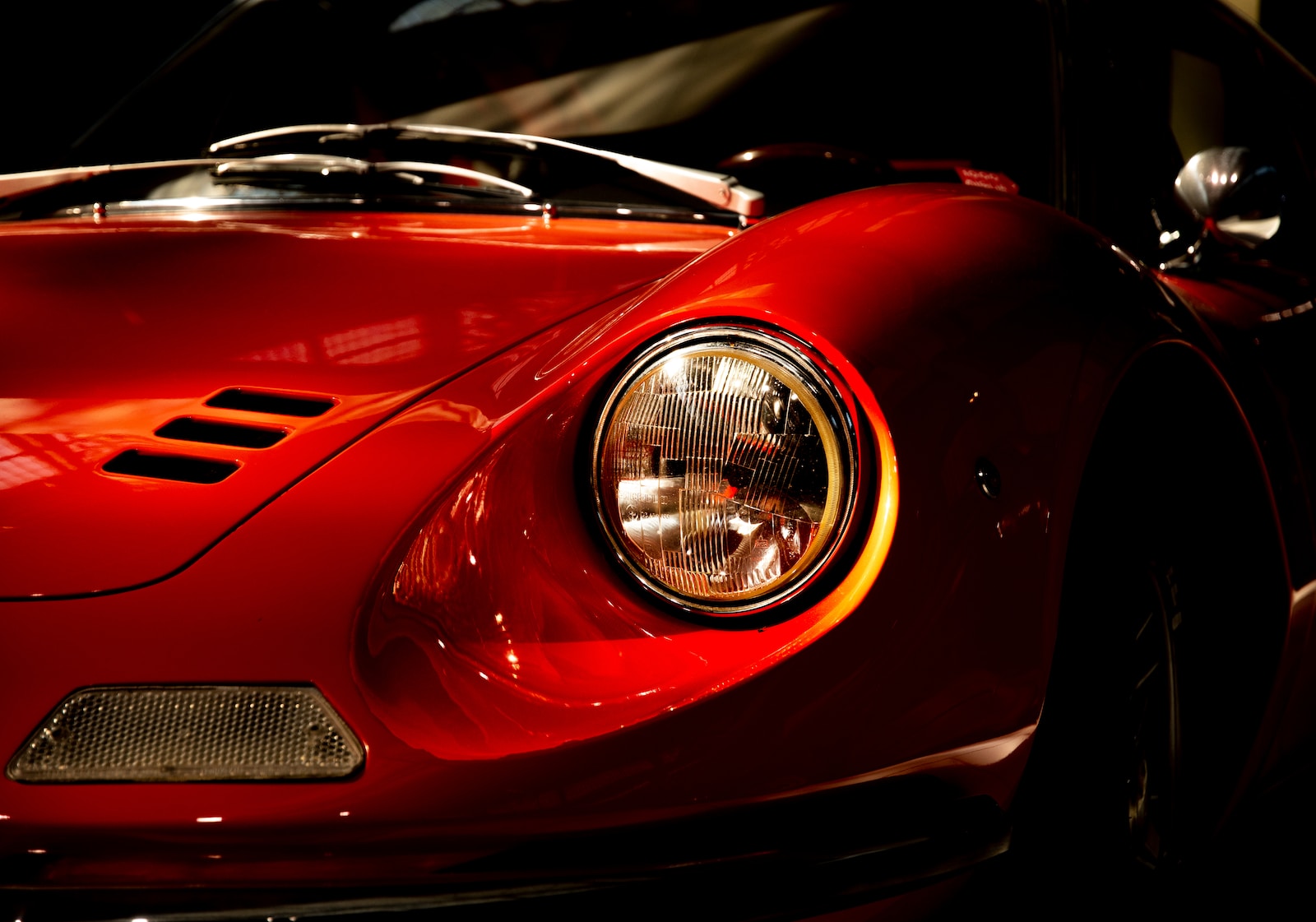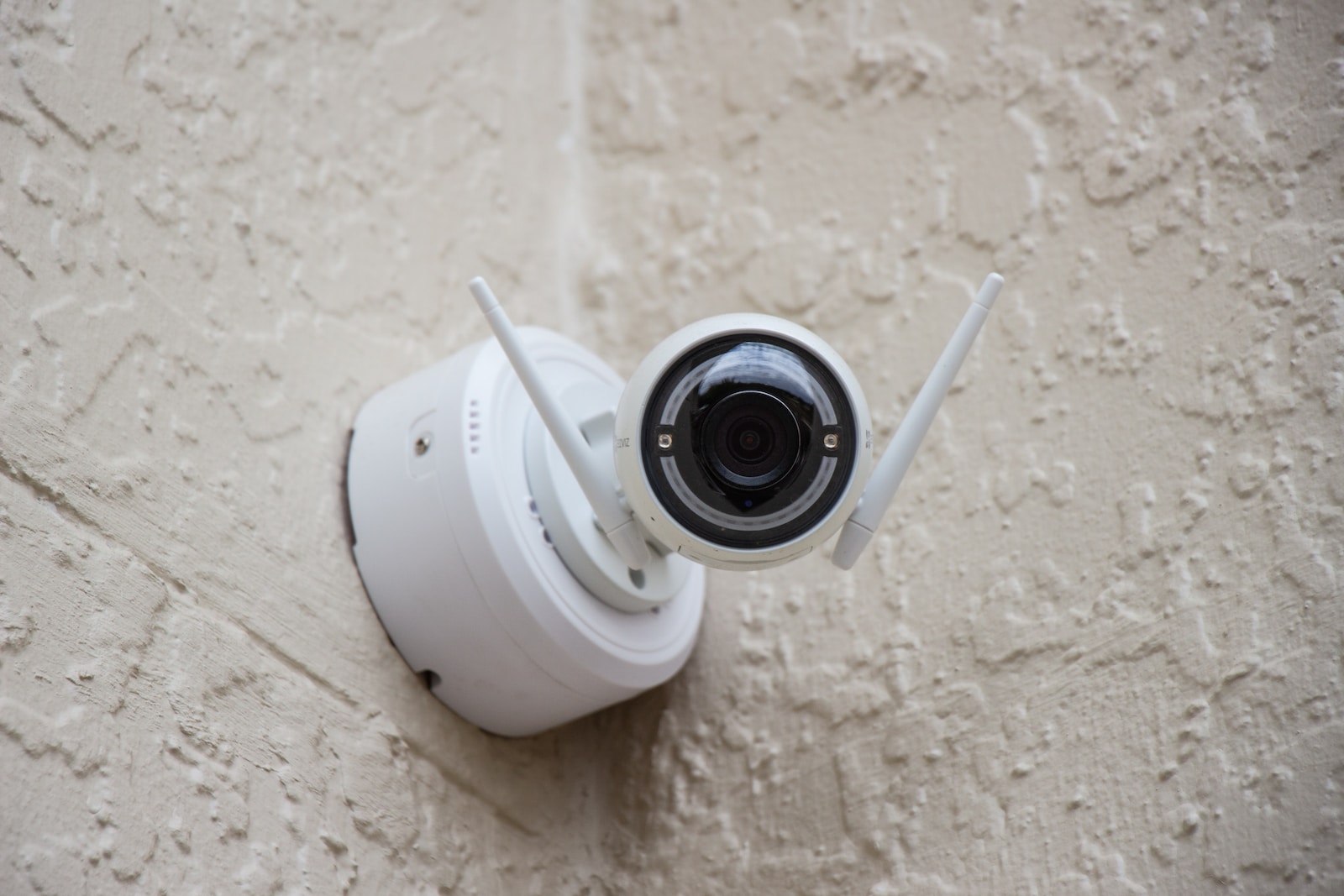Are you in search of the perfect photo printer? Look no further! This blog will guide you through the decision-making process, comparing two popular printing technologies: inkjet and dye-sublimation. Whether you’re a professional photographer or just want to print out cherished memories, learn about the advantages and disadvantages of each option. Discover which one suits your needs and ensures high-quality prints. Read on to make an informed choice and unleash your creativity!
Table of Contents
- The Advantages and Disadvantages of Inkjet Printers
- The Advantages and Disadvantages of Dye-Sublimation Printers
- Making the Right Choice: Consider Your Printing Needs
- Choosing the Right Photo Printer: Inkjet vs Dye-Sublimation
- Frequently Asked Questions
- 1. Which is better: inkjet or dye-sublimation photo printers?
- 2. What are the advantages of inkjet photo printers?
- 3. What are the disadvantages of inkjet photo printers?
- 4. What are the advantages of dye-sublimation photo printers?
- 5. What are the disadvantages of dye-sublimation photo printers?
- 6. What should I consider when choosing a photo printer?
- 7. Can I use an inkjet printer for professional photography printing?
- 8. Can dye-sublimation printers print black and white photos?
- 9. Do I need specialized software to print with an inkjet or dye-sublimation printer?
- 10. How do I ensure the longevity of prints from an inkjet or dye-sublimation printer?
- Wrap Up
The Advantages and Disadvantages of Inkjet Printers
Inkjet printers are known for their exceptional image quality, delivering vibrant and highly detailed prints. The microscopic droplets of ink create smooth gradations, making them ideal for photo printing. However, keep in mind that using non-brand ink cartridges may affect the final output.
Versatility
Inkjet printers offer versatility, allowing you to print on various media types such as glossy paper, canvas, and even fabric. This flexibility is perfect for photographers who want to experiment with different materials and showcase their work in unique ways.
Cost
One of the key advantages of inkjet printers is the initial cost. Inkjet printers tend to be more affordable compared to dye-sublimation printers, making them an attractive choice for those on a budget. However, it’s important to consider long-term costs, including ink cartridge replacements.
Printing Speed
In terms of printing speed, inkjet printers can be slower compared to dye-sublimation printers. Each print requires a back and forth motion of the print head, which can take time. If you require fast and efficient printing, inkjet printers may be a drawback for you.
Did you know that the Epson SureColor P800 Inkjet Printer can produce gallery-quality prints up to 17 inches wide? It uses UltraChrome HD pigment inks for exceptional color accuracy and durability.
The Advantages and Disadvantages of Dye-Sublimation Printers
Dye-sublimation printers produce prints that are more resistant to fading and have a longer lifespan compared to inkjet prints. The unique dye-sublimation process locks the colors into the paper, resulting in prints that can withstand exposure to sunlight and environmental factors.
Printing Speed
If speed is crucial to your workflow, dye-sublimation printers are the way to go. These printers utilize a continuous printing process, enabling them to produce prints at a much faster rate. This makes them an excellent choice for high-volume printing.
Print Sizes
Dye-sublimation printers excel in producing standard photo sizes such as 4×6 or 5×7 prints. If you primarily need small prints for albums or sharing with family and friends, a dye-sublimation printer will deliver great results. However, they may lack the ability to print larger formats.
Cost
Dye-sublimation printers are generally more expensive compared to inkjet printers. The initial investment may be higher, but the long-term cost per print can be more cost-effective, especially if you require high-quality prints on a consistent basis.
The Canon SELPHY CP1300 Dye-Sublimation Printer is a portable printer that allows you to print directly from your smartphone or tablet. With its compact design and wireless capabilities, it's perfect for printing on the go.
Making the Right Choice: Consider Your Printing Needs
Before deciding between an inkjet or dye-sublimation printer, assess your specific printing needs. Are you looking for lab-quality prints that will last long? Do you require fast printing to meet deadlines? Answering these questions will help you identify the most suitable option.
Weigh the Costs
Take into account not only the upfront cost of the printer but also the ongoing expenses, such as ink cartridges and paper. Evaluate the long-term costs based on your anticipated printing volume to determine the overall affordability of each printing technology.
Evaluate Print Sizes
If you regularly print various sizes, an inkjet printer’s versatility might be more valuable to you. On the other hand, if you primarily print smaller standard sizes, a dye-sublimation printer will satisfy your needs while delivering consistent results.
Choosing the right photo printer is not a decision to be taken lightly. Understanding the advantages and disadvantages of inkjet and dye-sublimation printers will empower you to make an informed choice. Assess your needs, consider the costs, and evaluate print sizes to determine which technology aligns best with your printing requirements. Whichever option you choose, remember that the journey through photography involves continuous learning and experimentation. Embrace the opportunities and elevate your prints to new heights!

Choosing the Right Photo Printer: Inkjet vs Dye-Sublimation
When it comes to printing your precious photos, selecting the right photo printer can make all the difference. With various printing technologies available, it’s important to understand the advantages and disadvantages of each option to make an informed decision. In this blog post, we will explore the two most popular printing technologies: inkjet and dye-sublimation.
The Inkjet Photo Printer
An inkjet printer is the go-to choice for many photographers and hobbyists. Its popularity stems from its versatility and affordability. Inkjet printers work by propelling tiny droplets of ink onto the paper, creating a high-resolution print.
Advantages:
- Cost-effective: Inkjet printers are generally more affordable compared to dye-sublimation printers.
- Wide color gamut: Inkjet printers can reproduce a wide range of colors, providing vibrant and detailed prints.
- Flexibility: You can use different types of paper, including glossy, matte, and textured, to achieve the desired look and feel of your prints.
Disadvantages:
- Print longevity: Inkjet prints may fade over time, especially if not properly stored or displayed.
- Drying time: Inkjet prints may require some time to dry, which can be a downside if you need your prints immediately.
- Print head clogging: If an inkjet printer is not regularly used or maintained, the print head may clog, leading to print quality issues.
The Dye-Sublimation Photo Printer
Dye-sublimation printers, also known as dye-sub printers, utilize a different printing process. Instead of using ink, these printers transfer dye onto the paper through a heating process, resulting in high-quality prints.
Advantages:
- Print durability: Dye-sublimation prints are known for their longevity and resistance to fading, as the dye is chemically bonded to the paper.
- Quick printing: Dye-sublimation printers provide fast printing speeds, making them ideal for high-volume printing.
- Consistent color output: Dye-sublimation printers produce consistent and accurate colors, ensuring that your prints match your digital files.
Disadvantages:
- Cost: Dye-sublimation printers tend to be more expensive upfront, especially for professional-grade models.
- Limited paper options: Unlike inkjet printers, dye-sublimation printers have specific paper requirements, limiting your choices in terms of texture and finish.
- Complex maintenance: Dye-sublimation printers require periodic cleaning to avoid print quality deterioration.
Ultimately, the choice between an inkjet and dye-sublimation printer depends on your specific needs and priorities. If you prioritize affordability, flexibility, and enjoy experimenting with different paper types, an inkjet printer may be the right choice for you. On the other hand, if print longevity, speed, and consistent color output are paramount, a dye-sublimation printer may be worth the investment.
Remember to consider factors such as budget, intended use, and desired print quality when making your decision. Both inkjet and dye-sublimation printers have their strengths and weaknesses, so choose the one that aligns with your requirements and preferences.
Frequently Asked Questions
1. Which is better: inkjet or dye-sublimation photo printers?
The answer to this depends on your specific needs and preferences. Inkjet printers are generally better for vibrant color reproduction and versatility in printing on different paper types. Dye-sublimation printers, on the other hand, excel in producing long-lasting, professional-quality prints.
2. What are the advantages of inkjet photo printers?
Inkjet printers offer a wider color gamut, allowing for more accurate color reproduction. They can print on a variety of paper types and sizes, including glossy and matte papers. Additionally, some inkjet printers have the capability to print borderless photos.
3. What are the disadvantages of inkjet photo printers?
Inkjet printers can be slower compared to dye-sublimation printers, especially when printing high-resolution images. The cost of ink cartridges can also be a consideration, as they may need to be replaced frequently if you do a lot of printing.
4. What are the advantages of dye-sublimation photo printers?
Dye-sublimation printers produce prints with continuous tones and a smooth gradation of colors, resulting in a professional finish. They are also faster than inkjet printers, making them suitable for high-volume printing. Dye-sublimation prints are resistant to fading and can withstand handling without smudging or smearing.
5. What are the disadvantages of dye-sublimation photo printers?
Dye-sublimation printers are typically more expensive compared to inkjet printers. They are designed for specific paper sizes and may not offer the same versatility in paper choices. Additionally, they require special dye-sublimation paper and ink ribbons, which can contribute to the overall cost of printing.
6. What should I consider when choosing a photo printer?
When selecting a photo printer, consider your printing needs and budget. Determine the desired print sizes, the level of color accuracy required, and whether speed is a priority. Research and compare the features and specifications of different models before making a decision.
7. Can I use an inkjet printer for professional photography printing?
Yes, inkjet printers can produce high-quality prints suitable for professional photography. However, it is important to choose a printer with a wide color gamut and high-resolution capabilities. Consider using archival-quality inks and papers to ensure the longevity of your prints.
8. Can dye-sublimation printers print black and white photos?
Yes, dye-sublimation printers can print black and white photos with exceptional detail and tonal range. The continuous-tone printing process of dye-sublimation technology allows for precise grayscale reproduction.
9. Do I need specialized software to print with an inkjet or dye-sublimation printer?
No, most inkjet and dye-sublimation printers come with compatible drivers for common operating systems, allowing you to print directly from your computer. However, using dedicated photo editing software can enhance your printing experience by providing more advanced color management options.
10. How do I ensure the longevity of prints from an inkjet or dye-sublimation printer?
To extend the life of your prints, it is essential to use high-quality inks, archival-grade papers, and proper storage conditions. Display your prints away from direct sunlight, avoid exposure to excessive moisture or extreme temperatures, and consider using protective coatings or framing with UV-resistant glass.
Wrap Up
Choosing the right photo printer can be a daunting task, but understanding the different printing technologies can help make the decision easier. Inkjet printers offer versatility and high-quality prints, while dye-sublimation printers provide fast and durable results. Consider your printing needs, budget, and desired print quality before making a final decision.
Remember, both inkjet and dye-sublimation printers have their own advantages and disadvantages. It’s important to weigh these factors against your specific requirements to ensure you choose the best photo printer for your needs.
We hope this guide has helped you in making an informed decision. If you have any more questions or further insights, feel free to leave a comment below. We would love to hear about your experiences and help you further in your photo printing journey!



